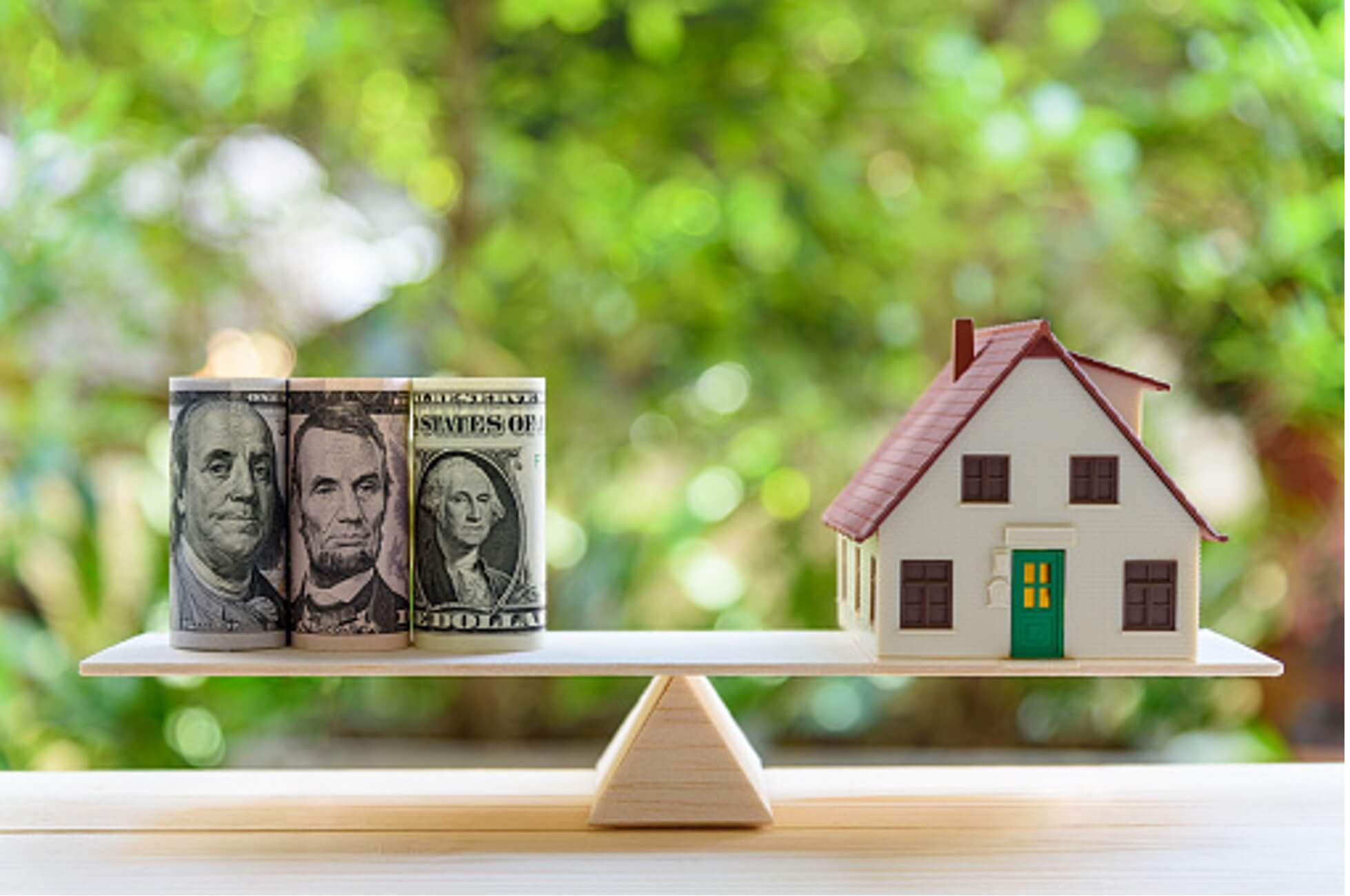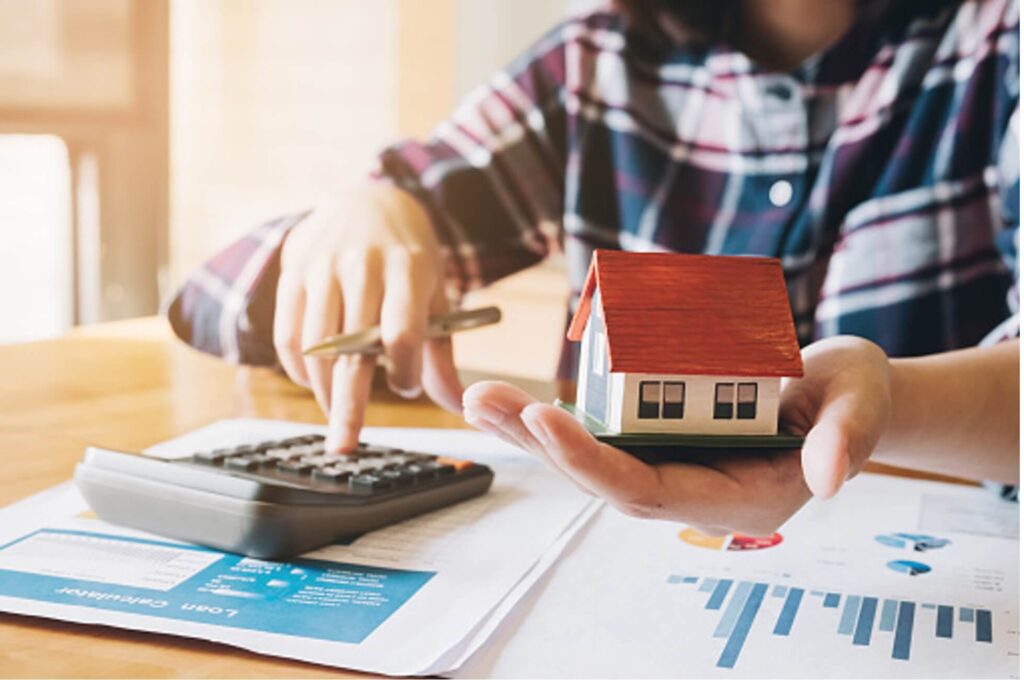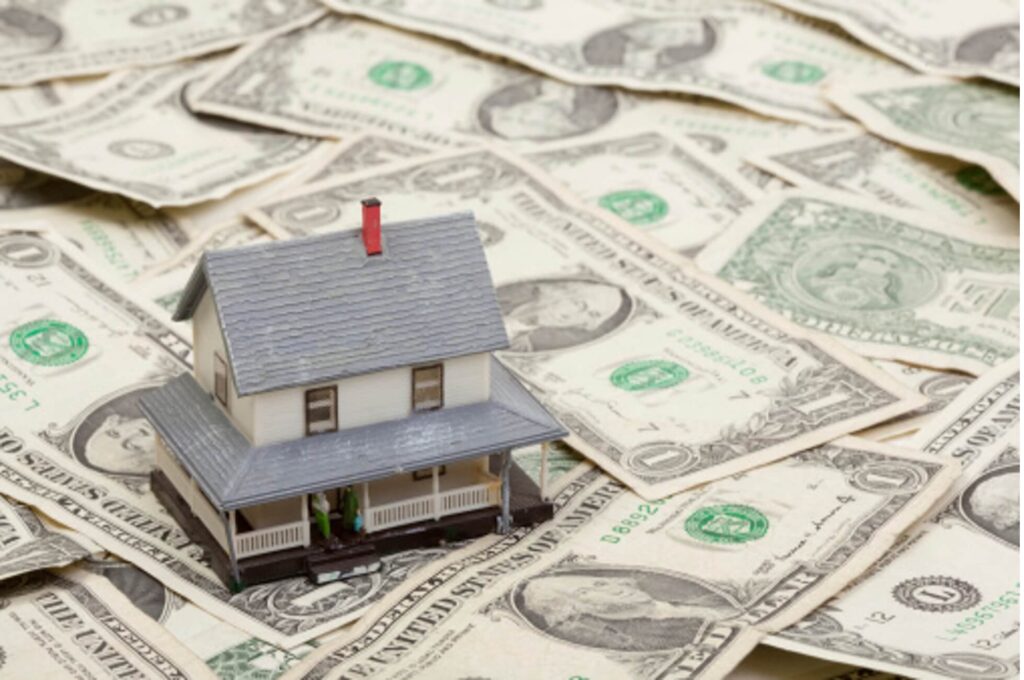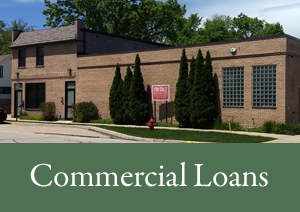Post
3 Ways To Pay Back A Reverse Mortgage

If you’ve taken out a reverse mortgage, you’re probably wondering how you’re going to pay it back. Unfortunately, there’s no one-size-fits-all answer – it all depends on your individual situation.
When you take out a reverse mortgage, you are borrowing against the equity in your home. This type of loan can be a great way to get access to money for retirement or other expenses, but it’s important to remember that you will need to pay it back eventually. There are a few different ways to go about doing this, and we’ll outline them below.
When Do You Need to Pay Back a Reverse Mortgage?
The terms of each loan vary depending on the mortgage lender and the borrower’s individual circumstances. But, generally speaking, reverse mortgages must be repaid when the borrower dies, sells the property, or permanently moves out of their primary residence.
How Do You Pay Back a Reverse Mortgage?
If you’ve taken out a reverse mortgage, you’re probably wondering how to pay it back. Here are 3 of the most common ways to do it:
1. Selling the home.
One of the most common ways is to sell the property. As previously mentioned, when you take out a reverse mortgage, you’re borrowing against your home equity. The loan is typically repaid when you die or sell the house. If you sell the property while you still owe money on the home loan, then the proceeds from the sale will go towards paying off the debt.

This is often the best option for people who don’t want to keep the loan open for a long period of time. Furthermore, it not only frees up the equity in your home which can be used for other purposes, but it also ensures that you won’t have to worry about the property being foreclosed on if you can’t make the payments.
However, there are two things you should know if you’re considering selling your home to pay back a reverse mortgage:
- First, you’ll need to get approval from your lender before selling your home.
- There may be fees and other costs associated with selling your home, so it’s important to talk to your lender about those costs before making any decisions.
Ultimately, whether or not paying off a reverse mortgage this way is a good idea depends on your individual circumstances. If you’re confident that you can sell your home for enough to cover the loan balance, then it’s definitely worth considering.
2. Refinancing the reverse mortgage

Another option for paying back a reverse mortgage is refinancing. This means taking out a new loan, using your home equity as collateral, and using the proceeds to pay off the reverse mortgage. This can be a good option if you have good credit and can qualify for a lower interest rate than what you’re currently paying on your reverse mortgage.
Many people choose this method because it gives them more flexibility in how they can repay their loans. For example, if you originally took out a lump sum reverse mortgage, you may have used some of that money to pay off debts or make home improvements. If you refinance, you can choose to take out a new lump sum or switch to a line of credit option, which gives you more ongoing access to funds as needed.
Here are some things to keep in mind when refinancing a reverse mortgage:
- You’ll need to have enough equity in your home to qualify for a new loan.
- Refinancing will incur costs, so it’s important to make sure that the benefits of refinancing outweigh those costs.
- Your age and current financial health status will be taken into account. This is because reverse mortgage lenders want to make sure that borrowers will be able to continue making payments throughout the life of the loan.
- It’s important to remember that refinancing will extend the length of your loan, so you’ll want to make sure you’re comfortable with that longer repayment timeline.
Paying back your reverse mortgage by refinancing is a great option for those who want to keep their home. Of course, as with any financial decision, it’s important to consult with a professional before making any decisions.
3. Repaying the loan in full with cash
If you’ve got the cash on hand, paying back a reverse mortgage is pretty straightforward. You can also choose to repay the loan in full, either through monthly payments or as a single lump sum.

But before doing this, there are a few things to keep in mind:
- First, make sure that you have the funds to cover the payoff amount.
- It’s also important to notify the lender of your intent to pay off the loan. They’ll then provide you with instructions on how to do so.
The Bottom Line
Each option has its own advantages and disadvantages, so make sure you weigh your options carefully before deciding which one is right for you. Whichever route you choose, make sure to stay in touch with your mortgage lender so they can help you keep track of your progress and ensure that everything is going according to plan.
If you’re considering a reverse mortgage, be sure to reach out to 1st Eagle Mortgage. We can help connect you with the right resources and answer any questions you may have about the process. Our team is here to help make your retirement as comfortable and worry-free as possible.
No comments yet




